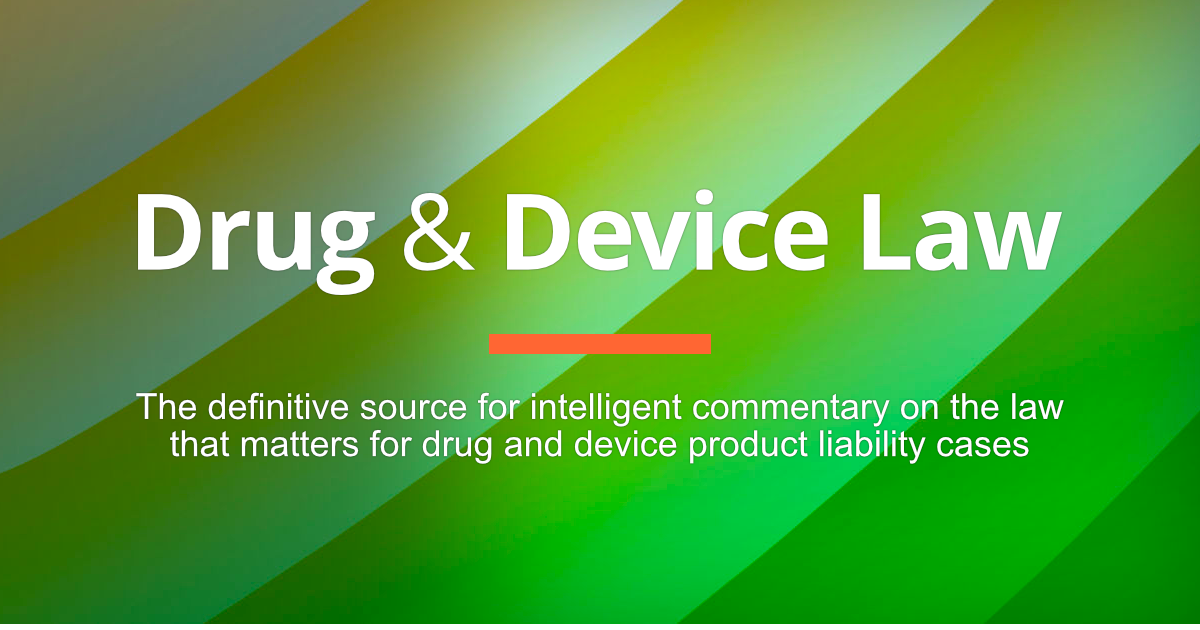The consequence for the defendant (a “distributor of ophthalmologic provides”) within the False Claims Act resolution, United States ex rel. Fesenmaier v. Cameron-Ehlen Group, Inc., ___ F. Supp.3d ___, 2024 WL 489708 (D. Minn. Feb. 8, 2024), was so horrible that one thing good ended up taking place.
The whole judgment was over $487 million “not together with post-judgment curiosity, statutory attorneys’ charges or different taxable prices.” Id. at *1. Listed below are that judgment’s parts:
Of that quantity, lower than one tenth ($43,694,641.71) represented precise damages to america. That actual-damages quantity was then trebled . . ., leading to roughly $131 million in trebled damages. The remaining three quarters of the judgment quantity, or roughly $358 million, represented statutory penalties assessed for every of the 64,575 requests for Medicare reimbursement discovered by the jury to be false claims.
Id. at *2 (quotation omitted) (emphasis added). The “statutory penalties” consisted of 410 claims “made on or after December 1, 2015” that have been “topic to a minimal penalty of $13,508,” and 64,165 older claims “topic to the $5,500 minimal penalty.” Id. at *14 n.12.
We’ve criticized earlier than the rote multiplication of “statutory penalties” that bear no resemblance to actuality in order that defendants are focused with fits demanding absurdly excessive “damages.” We mentioned Choose Weinstein’s conclusion (in dictum) in In re Zyprexa Merchandise Legal responsibility Litigation, 671 F. Supp.2nd 397 (E.D.N.Y. 2009), {that a} governmental plaintiff’s demand “for statutory penalties on a per-violation foundation, along with precise damages sought, would end in a . . . cumulative penalty grossly disproportionate to each the harm [plaintiff] has suffered and the seriousness of [defendant’s] alleged misconduct.” Id. at 463. That “slash-and-burn-style of litigation” would “arguably” violate the Extreme Fines Clause of the structure, id., which (as we additionally reported) has been held relevant to the states.
However till Fesenmaier, all we had was dictum. For the primary that we’re conscious of, within the a number of statutory penalty context, an award has truly been declared unconstitutional as an “extreme wonderful.” The $400 million+ award in Fesenmaier was “grossly disproportional to the gravity of a defendant’s offense.” 2024 WL 489708, at *15 (quotation and citation marks omitted). The penalty multiplication produced a judgment that “vastly overstate[d] the profit that defendants derived personally from the misconduct.” Id. at *16. “For one instance”:
a health care provider was provided a salad and soda at a Christmas get together [that] quantity[ed] to remuneration. Whereas the jury might fairly conclude that violation of the FCA resulted from that remuneration, however it’s tough to categorize that exact occasion of conduct as reprehensible.
Id. No affected person had “undergone a process that will not in any other case have occurred.” The merchandise weren’t faulty. Id. at *17. Additional, between trebling and penalty multiplication, the award was additionally “grossly disproportional” to the $43 million awarded as compensatory damages. Id. “If the trebled damages on this matter have been to be thought to be purely punitive, the ratio of punitive damages to compensatory damages would exceed 10-to-1.” Id. As well as, the multiplication of the civil penalties produced a quantity that far exceeded any doable felony wonderful that would have been imposed. Id. at *18 (making calculations). That disparity was an “indication from Congress itself that the penalties ensuing from defendants’ misconduct may be overly extreme.” Id.
Thus, despite the fact that Fesenmaier acknowledged that “few courts have concluded that [statutory] penalties imposed exceed the constitutional barrier,” id., it reached the conclusion that this award went too far:
After consideration of the suitable components − the reprehensibility of defendants’ conduct, the hurt to the sufferer, the ratio of punitive damages to precise damages, legislative intent, the monetary standing of the defendants, and the penalties imposed in related instances − the Court docket concludes that the Extreme Fines Clause permits restoration of not more than $216,675,248.55 on this matter. This quantity consists of $43,335,049.71 of precise damages, $86,670,099.42 in trebled damages, and $86,670,099.42 in penalties.
2024 WL 489708, at *20. “The quantity of the judgment represents 5 occasions the precise damages imposed on this case.” Id. at *21.
Thus, whereas Fesenmaier was – and stays – an objectively horrible consequence for these specific defendants, it was dangerous sufficient that it would even have some authorized profit for the remainder of us. The multiplication of statutory penalties that bear no resemblance to actuality has develop into an all-too-frequent risk to our purchasers, notably in litigation the place governmental enforcement authority has been subcontracted to non-public, contingent charge attorneys. Precedent that such an award does certainly (as a substitute of theoretically may) violate the Extreme Fines Clause thus is sort of welcome.
Lastly, we observe that Fesenmaier has been appealed by each side (Eighth Circuit Nos. 24-1467, and 24-1755), and we assume that the constitutional Eighth Modification difficulty is the idea of the cross-appeal. So keep tuned.



